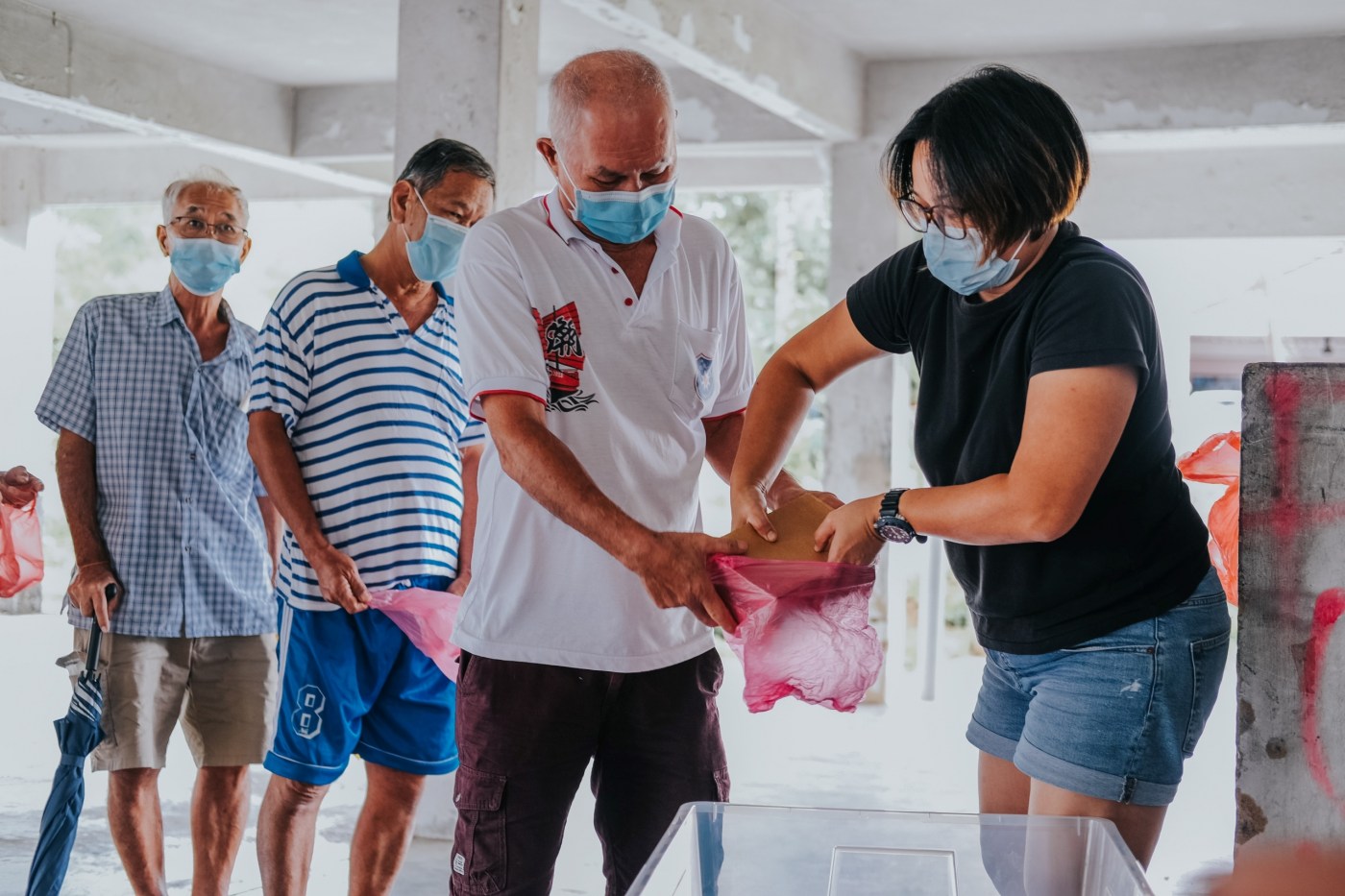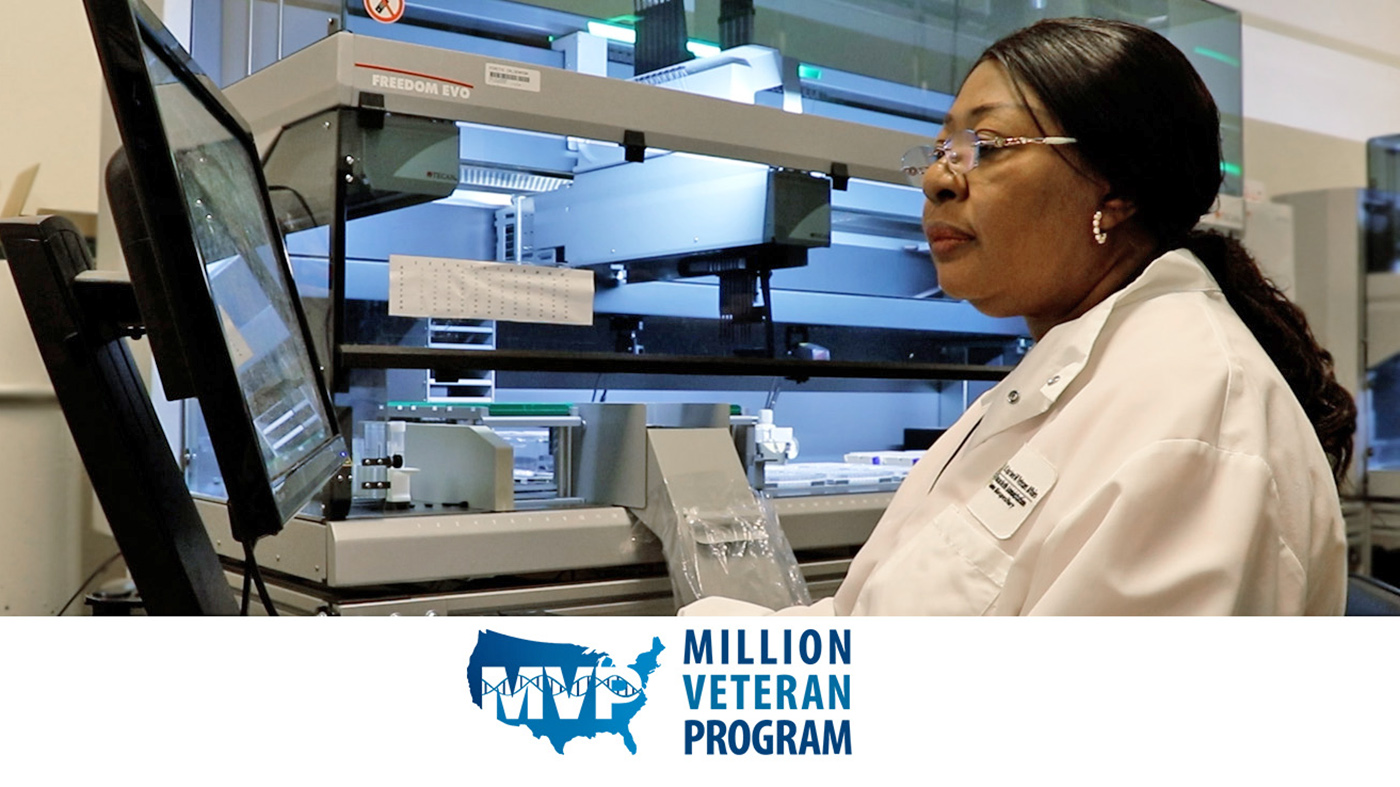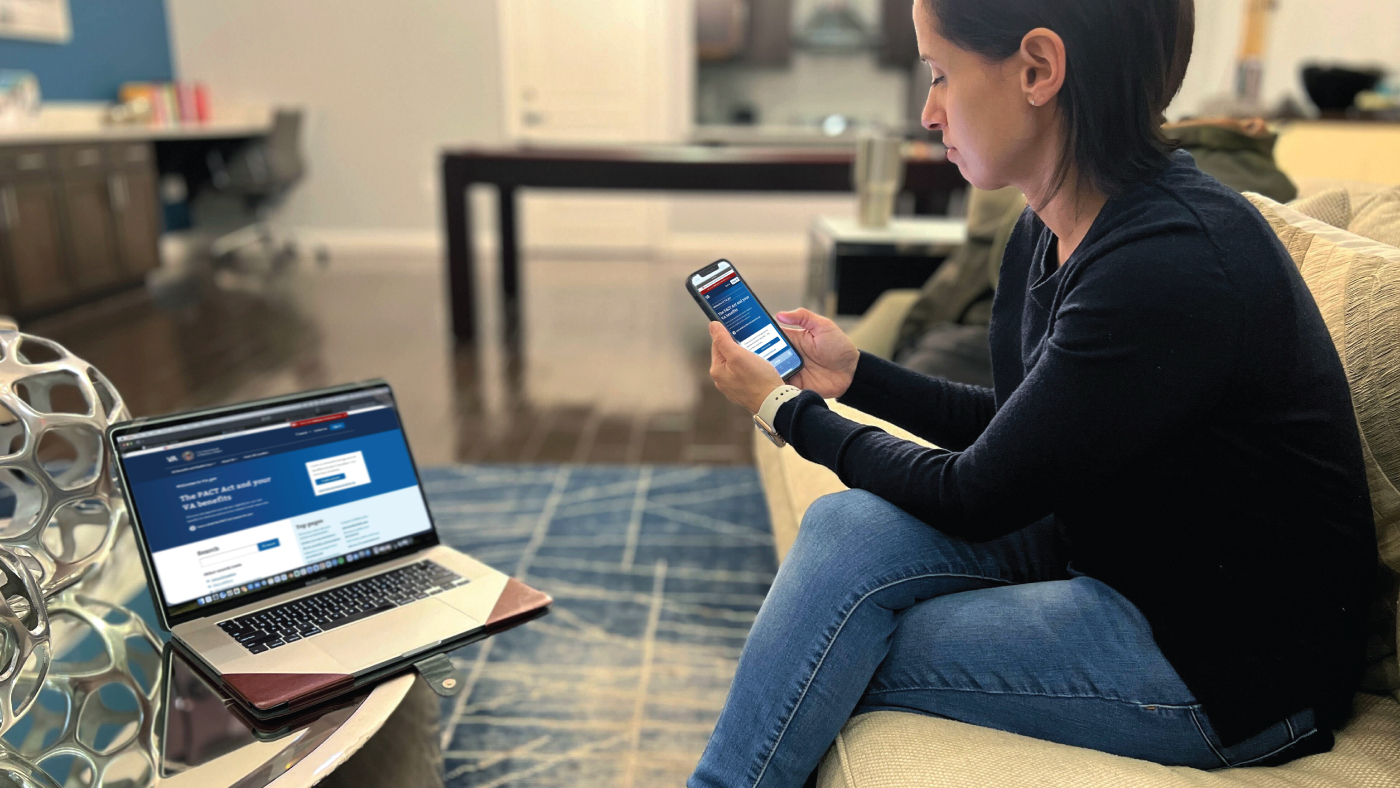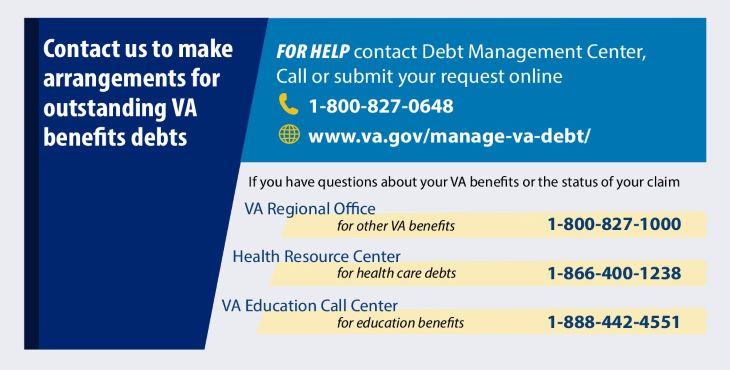On February 4, the Department of Housing and Urban Development (HUD) announced the results of the 2021 Point-in-Time (PIT) Count, the annual effort to estimate the number of Americans, including Veterans, without permanent housing.
The results showed that on a single night in January 2021, there were 19,750 Veterans experiencing sheltered homelessness in the U.S. This reflects a 10% decrease in the number of Veterans experiencing sheltered homelessness from 2020. This also represents the largest one-year decline since 2015 to 2016.
Other notable insights include that Veterans experiencing sheltered homelessness represented only eight percent of all sheltered adults experiencing homelessness in the United States and accounted for only 11 out of every 10,000 Veterans in the country.
Homelessness advocates have eagerly awaited these results, which would show the effects of the pandemic on homelessness. In addition to changing the way homeless services are delivered, COVID-19 also impacted the ability of communities to do their counts in January 2021.
HUD’s 2021 Annual Homeless Assessment Report, which documents the results of the PIT Count, provides national estimates on sheltered homelessness and findings on unsheltered homelessness from the communities that conducted unsheltered counts. So, while the report is an important snapshot into the state of sheltered homelessness, it does not provide a complete picture of homelessness in America.
Sheltered vs unsheltered homelessness
Knowing how many Veterans experiencing sheltered homeless versus unsheltered homelessness has always been an important way HUD and VA evaluate the progress toward ending homelessness for all Veterans. But this year, the distinction is even more important.
Veterans who experience sheltered homelessness often live in places such as emergency shelters, transitional housing programs or other supportive settings. In contrast, Veterans who experience unsheltered homelessness live in places not meant for human habitation, such as cars, parks, sidewalks, abandoned buildings and literally on the street.
The COVID-19 pandemic has put even more pressures and risks on Veterans living on the street or other unsheltered settings because they are not able to shelter-in-place to avoid contracting or spreading the virus.
VA is working to rapidly house unsheltered Veterans to protect them and the broader community. For example, between March 2020 and September 2021, the Supportive Services for Veteran Families (SSVF) program placed nearly 32,000 Veterans in hotels or motels. 20,000 of these Veterans have since moved on to permanent housing.
Pandemic response spurs innovation
Entering the third year of the COVID-19 pandemic, VA and its community partners continue to work tirelessly to address the urgent and evolving needs of Veterans who are homeless or at-risk of homelessness. Being responsive to these needs often inspired innovative changes to the way homeless services were delivered.
Additionally, with the passage of the American Rescue Plan, VA received additional funding to support program enhancements such as:
- Expanding the SSVF Shallow Subsidy initiative, which allowed grantees serving homeless and at-risk Veteran families in all 50 states, the District of Columbia, Puerto Rico, Guam, and the Virgin Islands to offer 2-year rental subsidies to eligible Veteran families.
- Expanding existing and establishing new Health Care for Homeless Veterans (HCHV) residential contracts effectively serve Veterans during the pandemic.
- Providing additional $95 million in Grant and Per Diem (GPD) funds to support grantee costs associated with providing personal protective equipment (PPE), deep cleaning for facilities, use of motels for isolation and quarantine, and more.
Furthermore, from May 2021 through January 2022, VA Medical Centers across the United States helped more than 18,000 Veterans using nearly $1 million in funding through the expanded flexibilities authorized by Section 4201 of the Johnny Isakson and David P. Roe, MD Veterans Health Care and Benefits Improvement Act.
Section 4201 also allowed for the creation of a nationally coordinated rideshare program, which provides support to Veterans who need transportation to meet health, housing, legal and employment needs. As of January 2022, this service has provided more than 38,000 rides to over 9,300 Veterans at a value of nearly $1.7 million.
The work ahead
Despite the many challenges that Veterans have faced during 2021, ending Veteran homelessness remains a top priority for VA. In collaboration with the U.S. Interagency Council on Homelessness, HUD, the U.S. Department of Labor, and other federal and local partners, VA will continue to execute evidence-based approaches – such as Housing First – to prevent and end homelessness among Veterans.
Since 2010, more than 920,000 Veterans and their family members have been permanently housed, rapidly rehoused, or prevented from becoming homeless through HUD’s targeted housing vouchers and VA’s homelessness programs.
Learn about VA programs
- Veterans who are homeless or at risk for homelessness should contact the National Call Center for Homeless Veterans at 877-4AID-VET (877-424-3838).
- Visit the VA Homeless Programs website to learn about housing initiatives and other programs for Veterans exiting homelessness.
- For more stories like these, subscribe to the Homeless Programs Office newsletter to receive monthly updates about programs and supportive services for Veterans experiencing or at risk of homelessness.
Topics in this story
More Stories
The findings of this new MVP study underscore the importance and positive impact of diverse representation in genetic research, paving the way for significant advances in health care tailored to Veteran population-specific needs.
VA reduces complexity for Veterans, beneficiaries, and caregivers signing in to VA.gov, VA’s official mobile app, and other VA online services while continuing to secure Veteran data.
VA has resources available to ensure natural disasters do not make the already challenging situation of owing a VA debt worse. If you are experiencing financial hardship and are unable to repay your VA debt because of a natural disaster, relief options are available.







❤